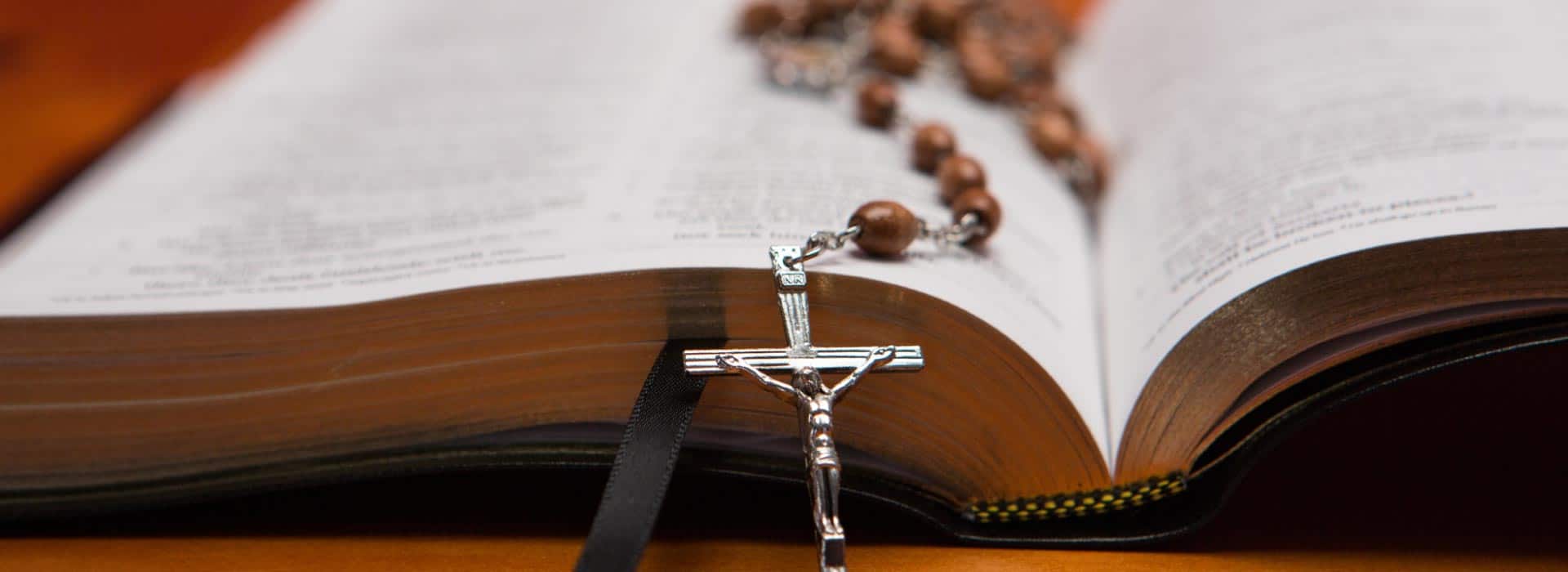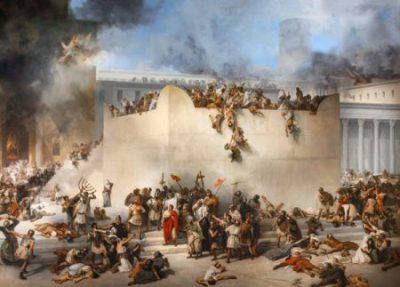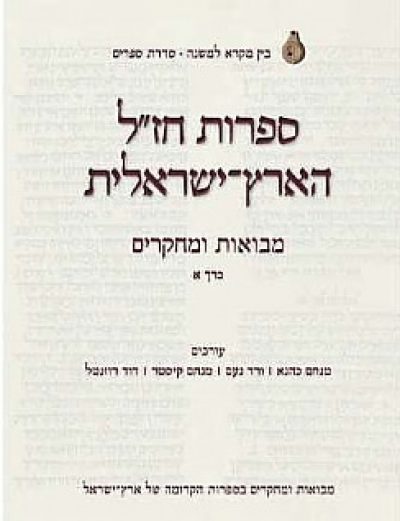Who exactly are the Jews? There are those (including many Jews themselves) who see them as a religion (like Christianity or Islam) while others see them as a national group, and still others see them more as a culture. Today there are all sorts of different ways that Jews see themselves and others see them. It was not always so. In the last two centuries, more and more definitions have been suggested. In order to understand the changes, let us go back and start with a little history.
BACKGROUND: WHO WERE THE JEWS?

Jews emerged as a distinct group between three and four thousand years ago, and their origins appear to be in the area of today’s Iraq. They believed that they came from a group who had passed through an Egyptian slavery from which they had escaped and who had subsequently experienced a powerful collective revelation, a Torah, from God in the desert after their escape. With the help of their leader, Moses, they understood from this Torah that there was only one creator God in the world and that as a people connected to God, they must take on themselves a distinct way of life and settle in the Land of Israel. It was there that they gradually developed as a people who saw themselves as having a distinct ideology and religious culture, which differentiated them from others around them.
Over thousands of years, the Jews continued to refine their understanding of the way of life that they believed that God demanded of them, and a very detailed understanding of that way of life was developed by their intellectual leaders, Rabbis. These experts in text continued to interpret their original Torah and other ancient writings into a strict code of conduct or Halacha that they insisted was binding on all Jews. Halacha – a very important word for understanding different Jewish attitudes and behaviours and different kinds of Jews today – means literally “the way”. This then refers to the Rabbinic idea of what God demands from each Jew in his or her daily behavior throughout all areas of life.
Although the Jews as a collective had developed historically in the Land of Israel, over time, as a result of historical circumstances, including conquest of the Land, forced exile, and voluntary dispersion, they spread from their original base to different areas all over the world where they tended to form relatively closed and insular communities, largely protected by their very different Halachic lifestyle. They were also enabled to continue in their traditional specific lifestyle by the enmity and antagonism of large parts of the outside world which tolerated them for economic reasons but which wanted little or no interaction with them or their way of life, seen as alien and threatening.
Although variations in the way of life developed over time in different areas of the Jewish world, those who remained Jewish (many didn’t) continued, with few exceptions, to define themselves by their distinctive Halachic lifestyle, believing that this was God’s will which had been interpreted for them by their Rabbinic leadership. Occasional challenges to this view occurred in different places but Rabbinic authority overcame these challenges and continued as the intellectual and religious leadership of the Jewish community as a whole.
INTRODUCING MODERNITY: WHO ARE THE JEWS TODAY?
This began to change just over a couple of hundred years ago, firstly among Jewish communities in central Europe (the German lands) and then in other parts of Europe and the west (including the increasingly large diaspora community in North America). The circumstances of change are many and varied but in general it can be said that a combination of external and internal changes and developments caused major turmoil in the Jewish communities (initially in Europe and subsequently all over the world). In large areas of Europe, from the mid-18th century, new ideas, ways of life and political beliefs were beginning to change the ways that Jews, among others, were seen and at least, partially accepted.
In addition to the attitudes towards the Jews that were changing among some of the educated and enlightened population, many of the new ideas were themselves penetrating the Jewish communities and causing some Jews to start questioning many of their traditional beliefs about themselves. In many parts of Europe, society was opening up to the Jews and many Jews enthusiastically responded to this openness by trying to lower the barriers that had separated Jews so rigidly from outside society so strongly for generations.
As a result of these changes, both in the way that parts of society related to Jews and in the way that many Jews saw themselves, things started to shift within central and western European Jewish communities and Jews, who had defined themselves for millennia as a religious people or nation, with a Halachic culture defined by Rabbis interpreting what they saw as God’s will, began to change their ideas and their ways of life. New kinds of Jews began to appear. Some of them would crystalize into defined institutionalized movements and others would simply emerge without accepted and central institutions.
Let us introduce the more important ones, emphasizing those which continue to exist today and mention, too, their relevance or connection towards the modern State of Israel. Let it be said immediately that from the 19th century, some Jews began to define themselves as non-religious and many Jews today do so. We will come soon to the different ways that non-religious Jews define themselves but here we start with Jews whose Judaism connects in with a religious and theological outlook. In order to provide a clear picture we divide these Jews down into different groups or streams. It should be understood however that this is a simplification of a complex and sometimes overlapping reality.







